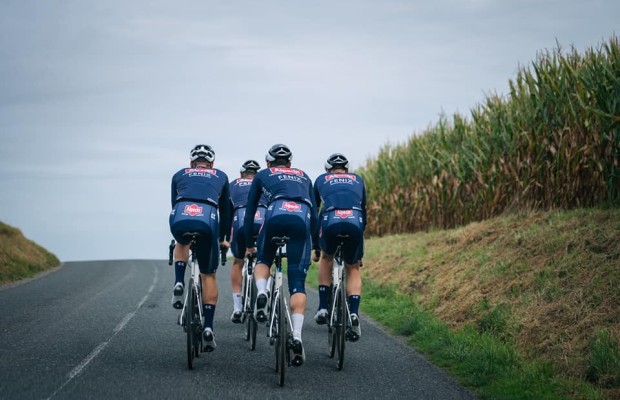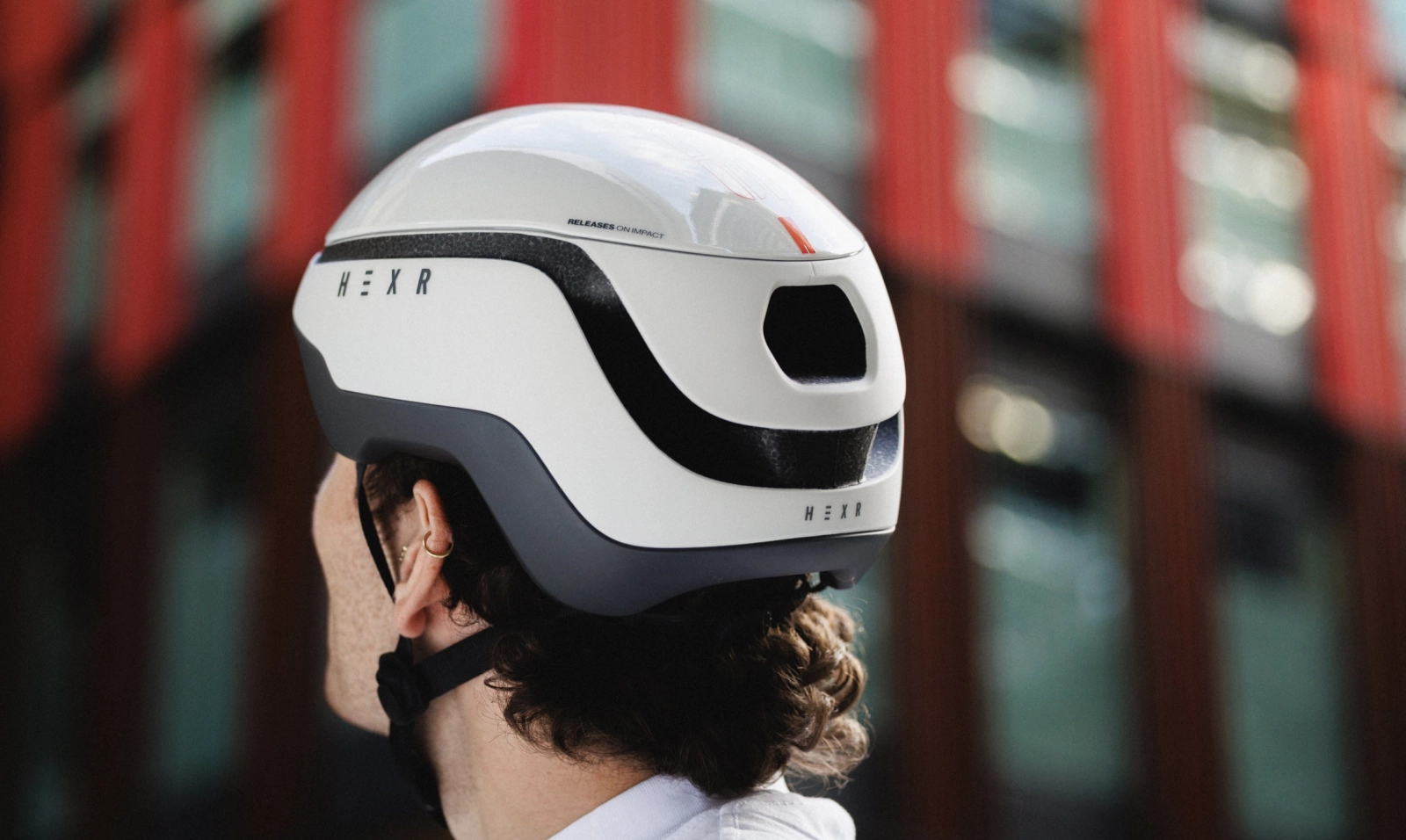RLS wants to replace the MIPS by adding bearings to the helmet
The safety in cycling helmets has taken a new step forward with the arrival of the Release Layer System (RLS), an innovation that promises to drastically reduce the risk of concussions and brain injuries in the event of an accident. This new technology, which competes directly with established systems like MIPS, places the protective mechanism on the outer layer of the helmet for the first time, with results that are already making waves.
RLS: the new helmet technology that revolutionizes safety and already leads the Virginia Tech ranking
The Canyon Deflectr RLS is the first helmet to incorporate the new RLS system and has just reached number one in the independent Virginia Tech helmet ranking, with the lowest score (and therefore the safest) out of the 281 models analyzed. Right behind is another helmet equipped with this technology, the HEXR Miden RLS, which definitively confirms the effectiveness of the system.
How RLS works
RLS is based on a patented design of outer panels connected to a layer of polycarbonate micro bearings that redirect energy in the event of impact to protect our head:
- Reaction: a specific adhesive layer is immediately released upon detecting the force of the impact.
- Roll: the panels roll on the bearings in any direction, redirecting rotational energy.
- Detachment: the panels detach to further dissipate that energy and reduce the risk of injury.
This external mechanism increases the range of motion compared to internal systems, and according to the developers, it better dissipates the rotational forces responsible for many concussions.
RECOMENDADO

Cycling tips for the Christmas season

What would you do if you won the lottery? This cyclist bought himself a €20,000 bike

The best exercise routine to do at home

Benefits of training in the cold

The cyclist's patience: how long, gentle training sessions build your best season

Tips for cycling in the rain

Several independent tests endorse its effectiveness. Folksam Insurance found that RLS reduces concussion risk factors by up to four times compared to conventional helmets. The Icube at the University of Strasbourg measured an average reduction of 56-66% in rotational speed after impacts, resulting in a probability of brain injury up to 84% lower. Compared to a medium risk of 70% in a helmet without additional protection, MIPS reduces it to 43% and RLS to 14%, according to the company's internal calculations.
The first helmets with RLS
The Canyon Deflectr RLS, a trail and all-mountain helmet with the characteristic HighBar strap system, will be available for sale this fall for around €160, a price significantly lower than other models in the Virginia Tech top 10.
On the other hand, the HEXR Miden RLS, with a more urban aesthetic and geared towards daily use, will cost around €150. Information about this model remains scarce, as the HEXR website remains under restricted access.

RLS is a project of the 3D printed helmet brand HEXR, founded by Jamie Cook, and has confirmed that in the coming months, they will announce more agreements with top manufacturers to expand this technology to other market segments.
The introduction of RLS demonstrates that research in protection against rotational impacts is advancing rapidly and that there is still room for improvement.